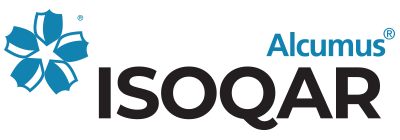
Environmental protection management system
ISO 14001
What is ISO 14001?
ISO 14001 is an internationally recognized standard for environmental management in companies, which prescribes controls for those activities that have an impact on the environment.
It sets out the requirements for an environmental management system, enabling organizations to establish environmental policies and objectives that take into account relevant legal and other requirements.
Although it does not specify criteria for environmental protection, it covers environmental issues that the organization can influence or control.
Check if your ISO 14001 certificate is accredited.
Not all certifications are created equal. You need to make sure that your certificate is issued by an accredited body. A UKAS accredited certification body like Alcumus ISOQAR undergoes regular rigorous checks by the UKAS Accreditation Body to determine whether we are working to the highest standards.
This means that when you have a certificate from a UKAS accredited certification body, you can be sure of its value. Certificates issued by non-UKAS accredited bodies are often not accepted. UKAS accredited certificates are accepted worldwide as proof that you meet global standards and best practice.
Why have an ISO 14001 certificate?
ISO 14001 certification shows that your organization is committed to environmental issues and is proactively working to minimize its impact on the environment, for example by creating less waste, the way it treats and handles waste, and increasing energy efficiency and its use.
It also brings commercial benefits by improving the public image of the organization. As many public and private sectors make ISO 14001 a requirement for those they work with, the standard will sharpen an organization's competitive advantage when seeking public and private sector tenders or applying for inclusion in the supply chain.
Continuous improvement is built into all management system standards, so ISO 14001 continuously improves the environment, which leads to additional savings and operational efficiency.

